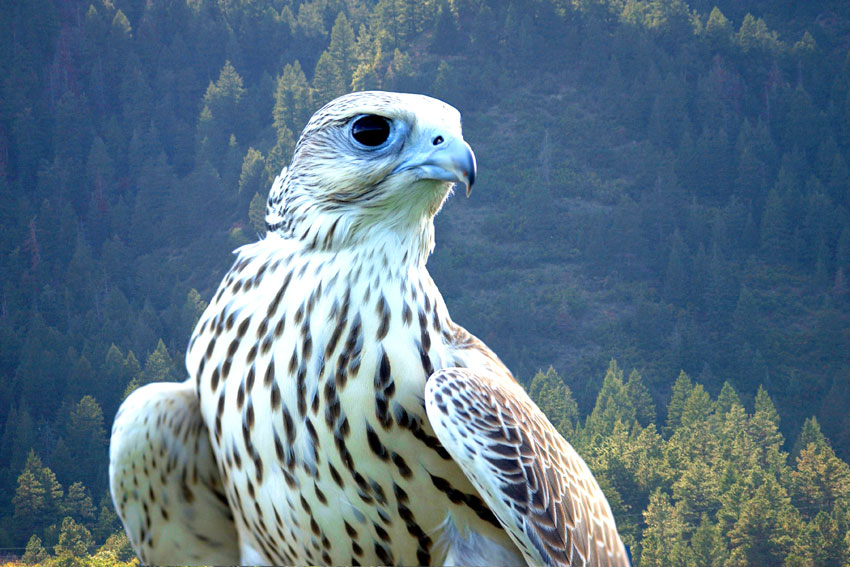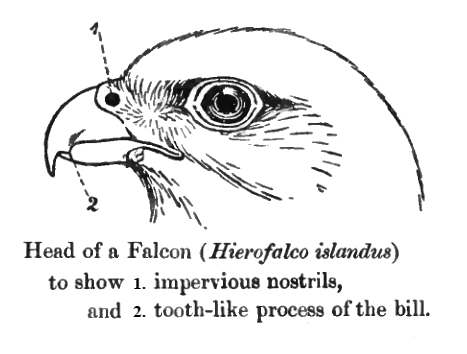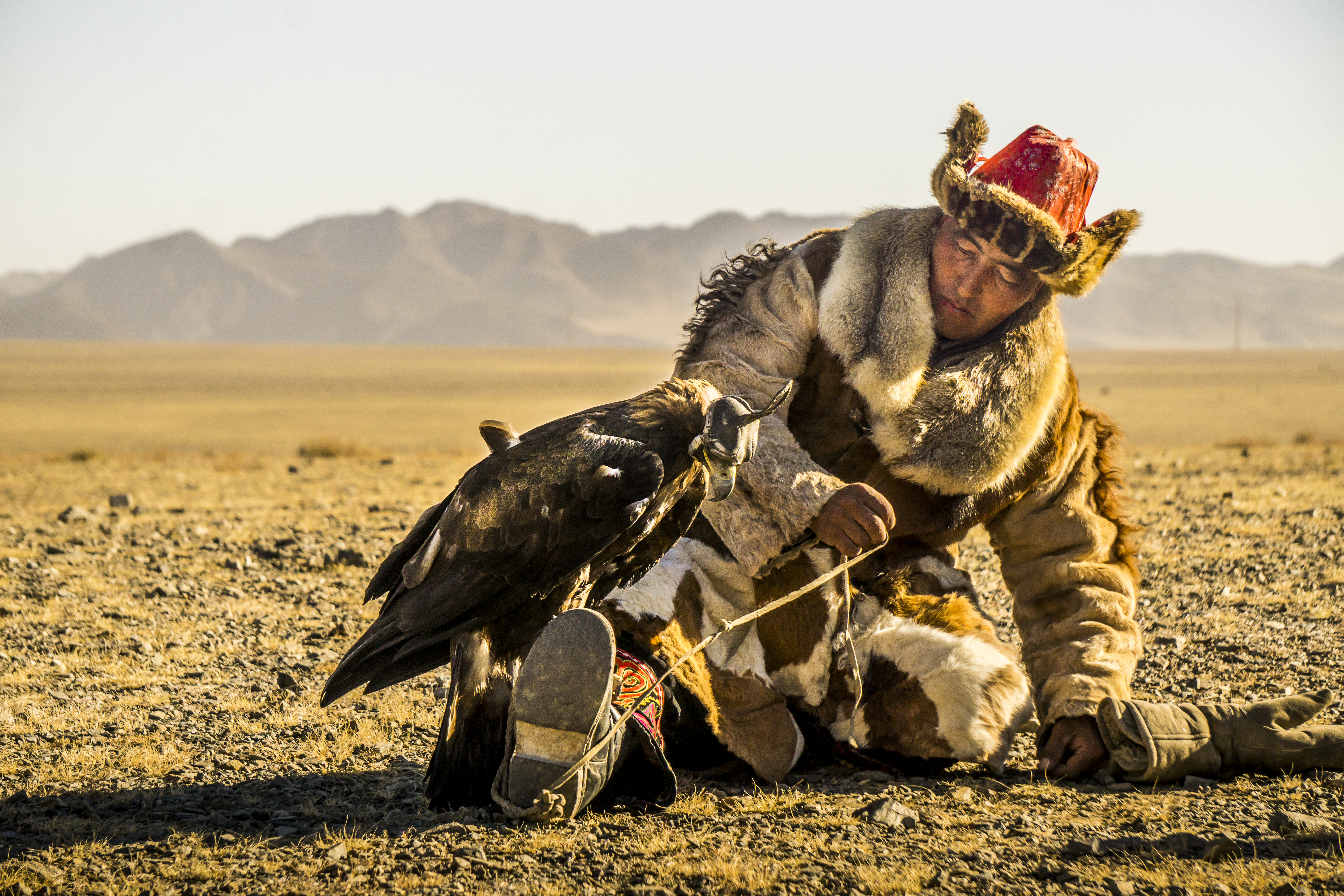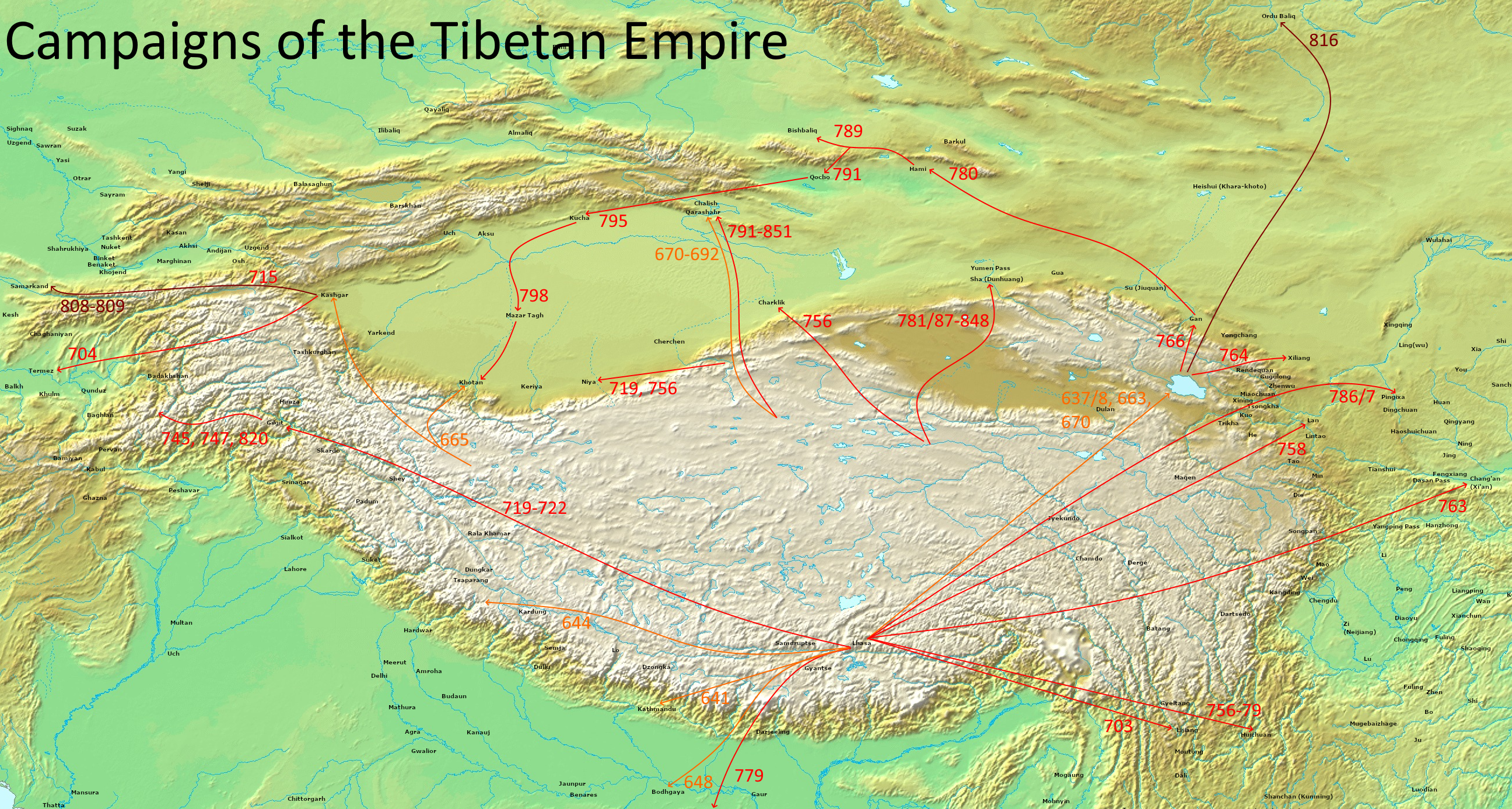|
Jawyshyghr
According to ibn Fadlan, the JДЃwashД«ghar was an official in the Khazar government under the command of the KГјndГјr Khagan, in turn under Khagan Bek's command. Ibn Fadlan did not describe the duties of this officer. This title had been transcribed in different ways: ''JДЃwshГЇghr'' or ''JawshГЇghГЇr'' ( Togan, 1939), ''JДЃwshД«ghr'' ( Canard, McKeithen 1979), ''Jawshighir'' (Frye, 2005), ''JawshД«ghД«r'' (Lunde & Stone, 2011) and ''JДЃwash(y)Д«ghar'' (Golden, 1980). Scholarly theories to etymologize the title include: * Douglas M. Dunlop (1954) hypothesized that the name derives from the phrase '' Chavush Uyghur'' or "Marshal of the Uyghurs"; *Golden (2005:214) proposed that ''JДЃwshД«ghr'' might've been garbled from ''JawaЕЎДџД±r'' from ''javaЕЎ'' (Common Turkic ''yavaЕЎ'') "gentle, mild" plus agentive suffix ''-ДџД±r''/''Дџur'', thus "the one who makes peace" (cf. Uygh. Buddh. ''yavaЕЎ qД±l'' "to make peace" (Clauson, 1972:880)); *Erdal (2007:80-81) reconstructed ''ДЊavГЇпїЅ ... [...More Info...] [...Related Items...] OR: [Wikipedia] [Google] [Baidu] |
Khazar
The Khazars ; 突厥可薩 ''Tūjué Kěsà '', () were a nomadic Turkic people who, in the late 6th century CE, established a major commercial empire covering the southeastern section of modern European Russia, southern Ukraine, Crimea, and Kazakhstan. They created what, for its duration, was the most powerful polity to emerge from the break-up of the Western Turkic Khaganate. Astride a major artery of commerce between Eastern Europe and Southwestern Asia, Khazaria became one of the foremost trading empires of the early medieval world, commanding the western marches of the Silk Road and playing a key commercial role as a crossroad between China, the Middle East, and Kievan Rus'. For some three centuries (–965), the Khazars dominated the vast area extending from the Volga-Don steppes to the eastern Crimea and the northern Caucasus. Khazaria long served as a buffer state between the Byzantine Empire, the nomads of the northern steppes, and the Umayyad and Abbasid Caliphat ... [...More Info...] [...Related Items...] OR: [Wikipedia] [Google] [Baidu] |
Ibn Fadlan
Ahmad ibn Fadlan ibn al-Abbas al-Baghdadi () or simply known as Ibn Fadlan, was a 10th-century traveler from Baghdad, Abbasid Caliphate, famous for his account of his travels as a member of an embassy of the Abbasid caliph al-Muqtadir to the king of the Volga Bulgaria, Volga Bulgars, known as his '':wikt:Ш±ШіШ§Щ„Ш©#Arabic, risДЃla'' ("account" or "journal"). His account is most notable for providing a detailed description of the Varangians, Volga Vikings, including eyewitness accounts of life as part of a trade caravan and witnessing a ship burial. He also notably described the lifestyle of the Oghuz Turks while the Khazars, Cumans, and Pechenegs were still around. Ibn Fadlan's detailed writings have been cited by numerous historians. They have also inspired entertainment works, including Michael Crichton's novel ''Eaters of the Dead'' and its film adaptation ''The 13th Warrior''. Biography Background Ahmad ibn Fadlan was described as an Arabs, Arab in contemporaneous sources. ... [...More Info...] [...Related Items...] OR: [Wikipedia] [Google] [Baidu] |
Peter B
Peter may refer to: People * List of people named Peter, a list of people and fictional characters with the given name * Peter (given name) ** Saint Peter (died 60s), apostle of Jesus, leader of the early Christian Church * Peter (surname), a surname (including a list of people with the name) Culture * Peter (actor) (born 1952), stage name Shinnosuke Ikehata, a Japanese dancer and actor * Peter (1934 film), ''Peter'' (1934 film), a film directed by Henry Koster * Peter (2021 film), ''Peter'' (2021 film), a Marathi language film * Peter (Fringe episode), "Peter" (''Fringe'' episode), an episode of the television series ''Fringe'' * Peter (novel), ''Peter'' (novel), a 1908 book by Francis Hopkinson Smith * Peter (short story), "Peter" (short story), an 1892 short story by Willa Cather * Peter (album), ''Peter'' (album), a 1972 album by Peter Yarrow * ''Peter'', a 1993 EP by Canadian band Eric's Trip * "Peter", 2024 song by Taylor Swift from ''The Tortured Poets Department, The Tort ... [...More Info...] [...Related Items...] OR: [Wikipedia] [Google] [Baidu] |
Karakhanid
The Kara-Khanid Khanate (; zh, t=е–Ђе–‡ж±—ењ‹, p=KДЃlДЃ HГЎnguГі), also known as the Karakhanids, Qarakhanids, Ilek Khanids or the Afrasiabids (), was a Karluk Turkic khanate that ruled Central Asia from the 9th to the early 13th century. The dynastic names of Karakhanids and Ilek Khanids refer to royal titles with Kara Khagan being the most important Turkic title up until the end of the dynasty. The Khanate conquered Transoxiana in Central Asia and ruled it independently between 999 and 1089. Their arrival in Transoxiana signaled a definitive shift from Iranic to Turkic predominance in Central Asia, yet the Kara-khanids gradually assimilated the Perso-Arab Muslim culture, while retaining some of their native Turkic culture. The Khanate split into the Eastern and Western Khanates in the 1040s. In the late 11th century, they came under the suzerainty of the Seljuk Empire followed by the Qara Khitai (Western Liao dynasty) who defeated the Seljuks in the Battle of Qatwan in ... [...More Info...] [...Related Items...] OR: [Wikipedia] [Google] [Baidu] |
Gyrfalcon
The gyrfalcon ( or ) (), also abbreviated as gyr, is a bird of prey from the genus ''Falco'' (falcons and kestrels) and the largest species of the family Falconidae. A high-latitude species, the gyrfalcon breeds on the Arctic coasts and tundra, the islands of northern North America and the Eurosiberian region, where it is mainly a resident species. Some gyrfalcons bird migration, disperse more widely after the breeding season or in winter, and individual vagrancy (biology), vagrancy can take birds for long distances. Its plumage varies with location, with birds being coloured from all-white to dark brown. These colour variations are called polymorphism (biology), morphs. Like other falcons, it shows sexual dimorphism, with the female much larger than the male. For centuries, the gyrfalcon has been valued as a falconry, hunting bird. Typical prey includes the ptarmigan and waterfowl, which it may attack in flight; and it also hunts fish and small mammals. Taxonomy and etymology T ... [...More Info...] [...Related Items...] OR: [Wikipedia] [Google] [Baidu] |
Falcon
Falcons () are birds of prey in the genus ''Falco'', which includes about 40 species. Some small species of falcons with long, narrow wings are called hobbies, and some that hover while hunting are called kestrels. Falcons are widely distributed on all continents of the world except Antarctica, though closely related raptors did occur there in the Eocene. Adult falcons have thin, tapered wings, which enable them to fly at high speed and change direction rapidly. Fledgling falcons, in their first year of flying, have longer flight feathers, which make their configuration more like that of a general-purpose bird such as a broadwing. This makes flying easier while still learning the aerial skills required to be effective hunters like the adults. The falcons are the largest genus in the Falconinae subfamily of Falconidae, which also includes two other subfamilies comprising caracaras and a few other species of "falcons". All these birds kill prey with their beaks, using a ... [...More Info...] [...Related Items...] OR: [Wikipedia] [Google] [Baidu] |
Falconry
Falconry is the hunting of wild animals in their natural state and habitat by means of a trained bird of prey. Small animals are hunted; squirrels and rabbits often fall prey to these birds. Two traditional terms are used to describe a person involved in falconry: a "falconer" flies a falcon; an "austringer" (Old French origin) keeps Eurasian goshawks and uses hawk, accipiters for hunting. In modern falconry, the red-tailed hawk (''Buteo jamaicensis''), Harris's hawk (''Parabuteo unicinctus''), and the peregrine falcon (''Falco perigrinus'') are some of the more commonly used birds of prey. The practice of hunting with a conditioned falconry bird is also called "hawking" or "gamehawking", although the words wikt:hawking, hawking and peddler, hawker have become used so much to refer to petty traveling traders, that the terms "falconer" and "falconry" now apply to most use of trained birds of prey to catch game. However, many contemporary practitioners still use these words in the ... [...More Info...] [...Related Items...] OR: [Wikipedia] [Google] [Baidu] |
Old Uyghur Language
Old Uyghur () was a Turkic language spoken in Qocho from the 9th–14th centuries as well as in Gansu. History Old Uyghur evolved from Old Turkic, a Siberian Turkic language, after the Uyghur Khaganate broke up and remnants of it migrated to Turfan, Qomul (later Hami), and Gansu in the ninth century. The Uyghurs in Turfan and Qomul founded Qocho and adopted Manichaeism and Buddhism as their religions, while those in Gansu first founded the Ganzhou Uyghur Kingdom and became subjects of the Western Xia; their descendants are the Yugurs of Gansu. The Western Yugur language is the descendant of Old Uyghur. The Kingdom of Qocho survived as a client state of the Mongol Empire but was conquered by the Muslim Chagatai Khanate, which conquered Turfan and Qomul and Islamized the region. Old Uyghur then became extinct in Turfan and Qomul. The Uyghur language that is the official language of the Xinjiang Uyghur Autonomous Region is not descended from Old Uyghur. It is a ... [...More Info...] [...Related Items...] OR: [Wikipedia] [Google] [Baidu] |
Common Turkic Languages
Common Turkic, or Shaz Turkic, is a taxon in some classifications of the Turkic languages that includes all of them except the Oghuric languages which had diverged earlier. Classification Lars Johanson, Lars Johanson's proposal contains the following subgroups: * Oghuz languages, Southwestern Common Turkic (Oghuz) * Kipchak languages, Northwestern Common Turkic (Kipchak) * Karluk languages, Southeastern Common Turkic (Karluk) * Siberian Turkic languages, Northeastern Common Turkic (Siberian) * Argu languages, Arghu (Khalaj) In that classification scheme, Common Turkic is opposed to the Oghuric languages (Lir-Turkic). The Common Turkic languages are characterized by sound correspondences such as Common Turkic ''ЕЎ'' versus Oghuric ''l'' and Common Turkic ''z'' versus Oghuric ''r''. Siberian Turkic is split into a "Central Siberian Turkic" and "North Siberian Turkic" branch within the classification presented in Glottolog v4.8. In other classification schemes (such as those of A ... [...More Info...] [...Related Items...] OR: [Wikipedia] [Google] [Baidu] |
Uyghur Khaganate
The Uyghur Khaganate (also Uyghur Empire or Uighur Khaganate, self defined as Toquz-Oghuz country; , Tang-era names, with modern Hanyu Pinyin: or ) was a Turkic empire that existed for about a century between the mid 8th and 9th centuries. It was a tribal confederation under the Orkhon Uyghur () nobility, referred to by the Chinese as the ''Jiu Xing'' ("Nine Clans"), a calque of the name '' Toquz Oghuz'' or ''Toquz Tughluq''. History Rise In the mid-5th century, Uyghurs constituted a tribe of the Tiele, which was also under the Turkic Khaganate.Chapter 195, Huihe. Sewikisource/ref> In 657, the Western Turkic Khaganate was defeated by the Tang dynasty, after which the Uyghurs defected to the Tang. Prior to this the Uyghurs had already shown an inclination towards alliances with the Tang when they fought with them against the Tibetan Empire and Turks in 627. In 742, the Uyghurs, Karluks, and Basmyls rebelled against the Second Turkic Khaganate. In 744, the Basmyls capt ... [...More Info...] [...Related Items...] OR: [Wikipedia] [Google] [Baidu] |
Г‡avuЕџ
Г‡avuЕџ, also anglicized Chaush and Chiaus (from / ; ; from Old Turkic ''Г‡abuЕџ'' or ''Г‡awuЕџ'', "person who gives order or yells") was an Ottoman Empire, Ottoman title used for two separate soldier professions, both acting as messengers although differing in levels. It was a rank below ''Agha (Ottoman Empire), agha'' and ''kethГјda'' (from Persian language, Persian, kad-khuda, "magistrate"), in units such as the Janissaries and Sipahi, and was also a term for members of the specialized unit of ''Г§avuЕџДЃn'' (, also ''Г§avuЕџiyye'', ''Г§avuЕџ(an)-i divan(i)'') consisting of combined cavalry and infantry serving the Imperial Council (Ottoman Empire), Imperial Council (as in Ottoman Egypt). The leaders of the council's ''Г§avuЕџ'' were titled ''Г§avuЕџbaЕџД±'' / (or ''baЕџГ§avuЕџ'' / ). The ''Г§avuЕџbaЕџД±'' was an assistant (or deputy) to the Grand Vizier, dealing with security matters, accompanying ambassadors visiting the Grand Vizier, and also carried out the first examinati ... [...More Info...] [...Related Items...] OR: [Wikipedia] [Google] [Baidu] |






